Fifty years ago, canned foods were the ultimate symbols of convenience. They promised long shelf lives, easy preparation, and consistent taste qualities that suited the fast-paced households of mid-century America. But as refrigeration improved and fresh, frozen, and organic foods gained traction, many of these once-beloved canned items quietly disappeared from grocery aisles. Let’s take a nostalgic trip back to the pantry staples of the past that have since lost their shine.
1. Canned Mac & Cheese
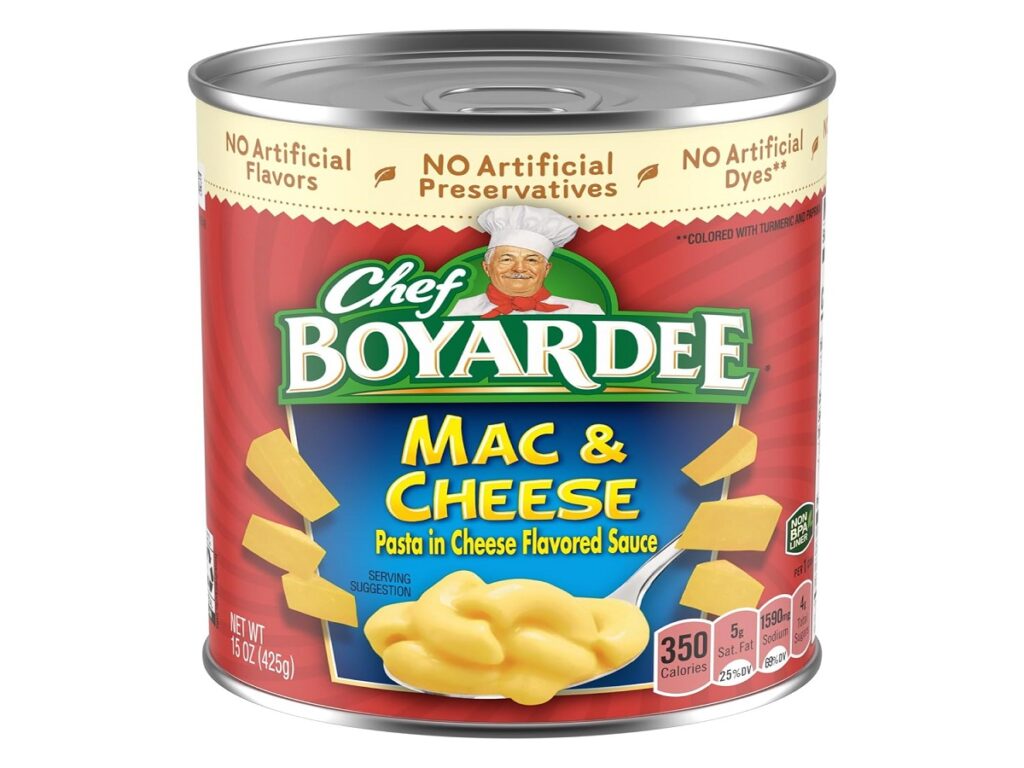
In the 1960s and 1970s, canned macaroni and cheese was a comforting shortcut for busy families. Unlike today’s boxed versions, it came fully cooked with soft noodles swimming in thick cheese sauce. It was especially popular among college students and working parents looking for quick, hot meals. Over time, however, people gravitated toward fresher or frozen options, and boxed macaroni with powdered cheese became the standard. The canned variety quietly vanished, remembered only by those who once relied on its creamy convenience.
2. Ring-Shaped Canned Pasta
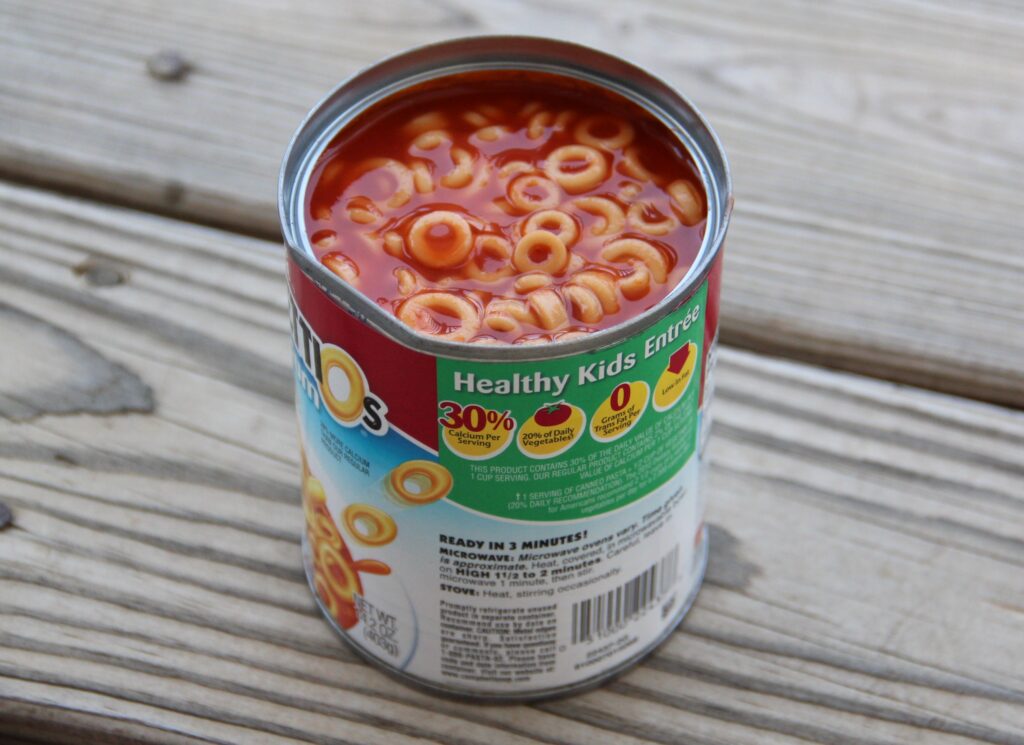
Introduced in the mid-1960s, ring-shaped canned pasta became a fun and tidy alternative to traditional spaghetti. Marketed to children and parents alike, its slogan promised “the neat spaghetti you can eat with a spoon.” It was convenient, kid-friendly, and required no cleanup a dream for busy households. But as awareness of sodium levels, preservatives, and artificial colors grew, these once-staple pasta cans lost favor. Fresh and frozen pasta options took over, and today, this nostalgic meal is mostly remembered as a childhood relic.
3. Canned Whole Chicken
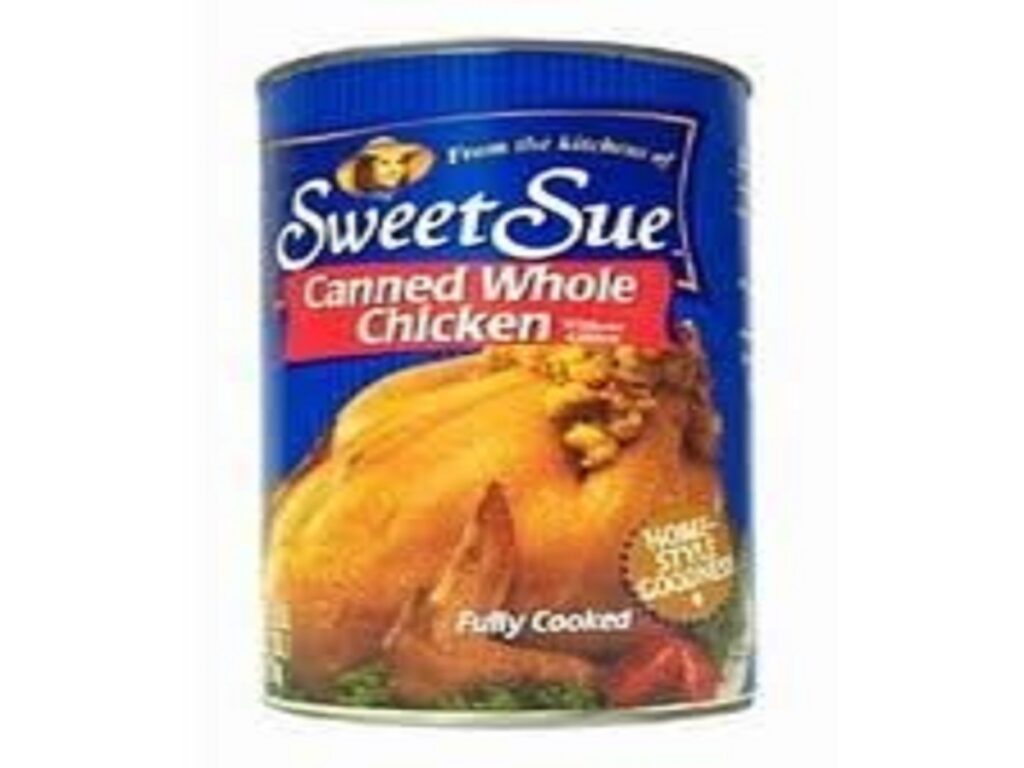
Few products capture vintage food innovation quite like the canned whole chicken. Emerging during the 1960s, it offered the novelty of a fully cooked bird sealed inside a can. It appealed to campers, preppers, and homemakers looking for shelf-stable protein. However, the texture and presentation often left much to be desired, and once refrigeration became commonplace, consumers preferred fresh or frozen poultry. Today, canned whole chicken exists mostly as a curiosity from another culinary era rather than a practical choice.
4. Canned Tamales
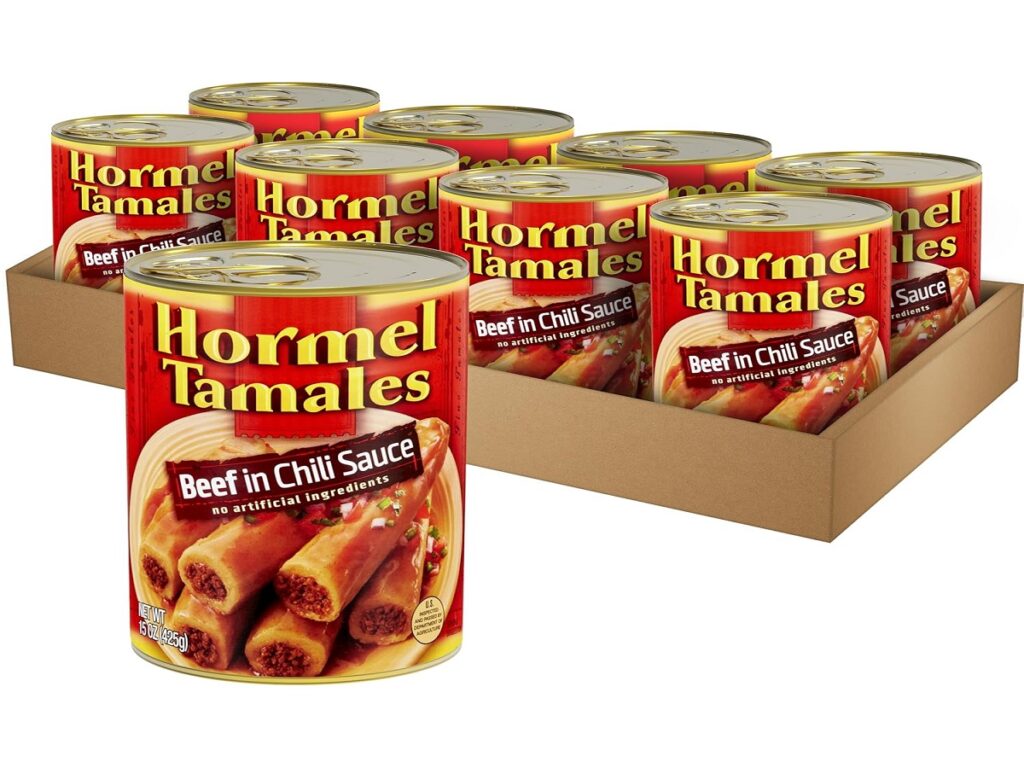
Canned tamales gained popularity in mid-20th-century America when convenience foods reigned supreme. Packed neatly in sauce, they brought a taste of Mexican-style comfort food to American pantries without the need for labor-intensive preparation. But as frozen foods, restaurants, and authentic homemade tamales became more accessible, the canned versions began to lose their charm. Modern palates prefer fresher, spicier flavors and better texture, leaving canned tamales to fade from the mainstream and linger only in nostalgia collections.
5. Canned Boiled Peanuts
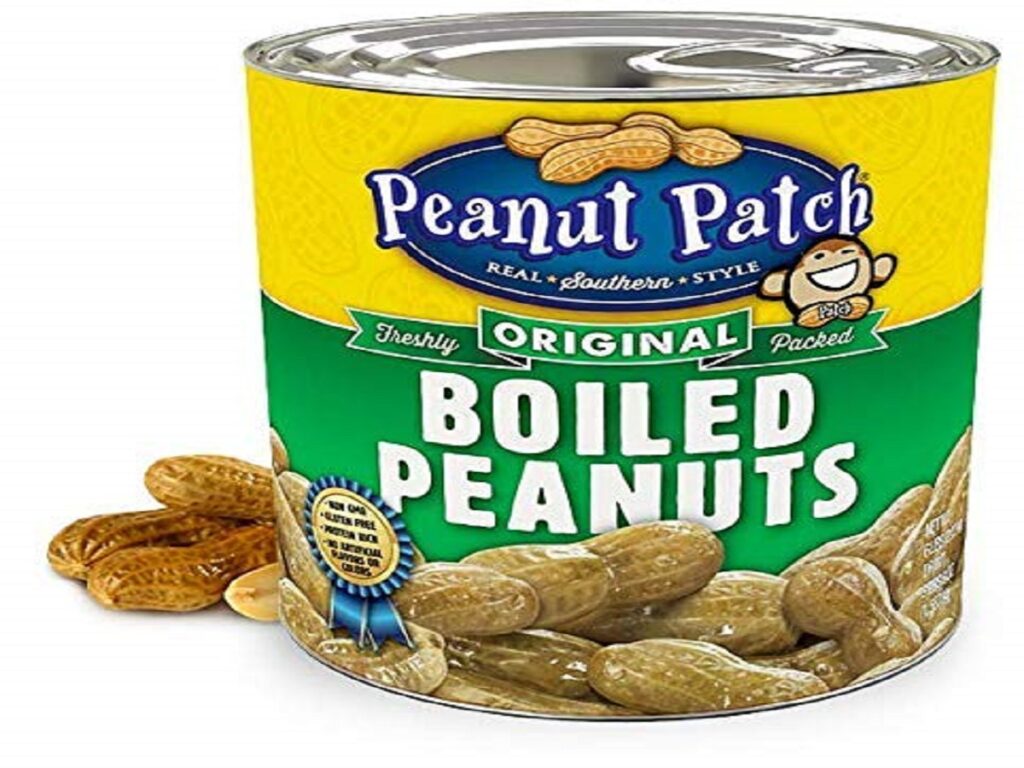
Rooted in Southern tradition, boiled peanuts were once canned to preserve their unique salty, soft texture. This version emerged in the mid-1900s, aiming to make the snack accessible beyond the South. While convenient and shelf-stable, canned boiled peanuts never quite replicated the taste of freshly boiled ones sold roadside. As snack trends shifted toward chips, nuts, and protein bars, the canned variety fell out of favor. Today, you’re more likely to find them fresh at a roadside stand than in a supermarket aisle.
6. Canned Brown Bread
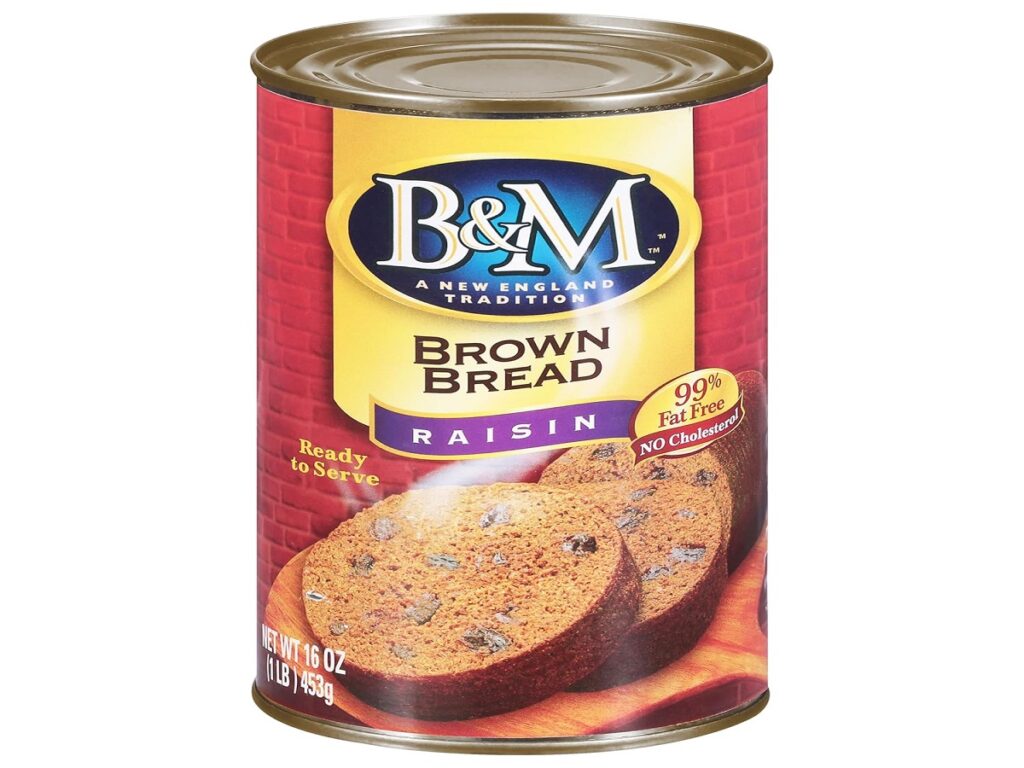
A true New England oddity, canned brown bread dates back to early industrial food production but hit peak popularity in the 1950s and 60s. The bread was steamed inside the can, resulting in a dense, molasses-rich loaf served with baked beans or ice cream. It was cherished for its convenience and nostalgic flavor. However, as fresh bakery products became cheaper and more available, consumers moved away from canned baked goods. While a few regional brands persist, their widespread popularity has long since faded.
7. Canned Pudding Snack Packs
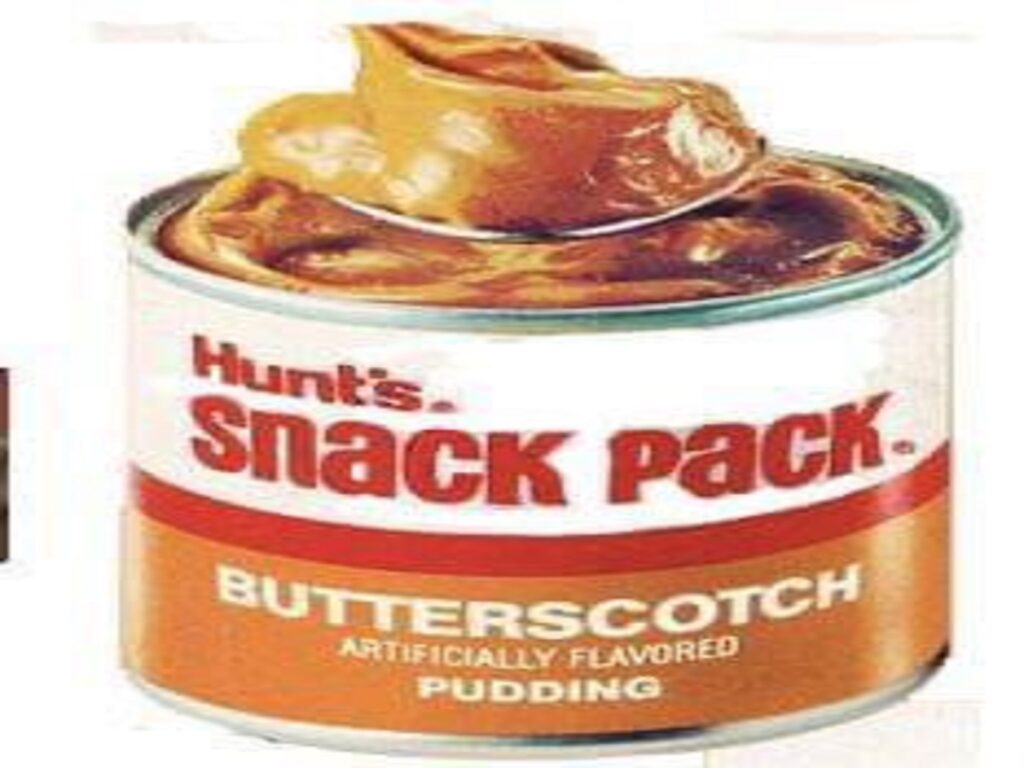
In the late 1960s, pudding came in metal cans rather than plastic cups. These shelf-stable desserts provided families with a ready-to-eat sweet treat that didn’t require refrigeration. The concept was cutting-edge at the time, symbolizing the modern convenience culture. Yet, as packaging technology advanced, manufacturers transitioned to lightweight plastic cups, making the canned form obsolete. Today, the idea of pudding in a can feels dated, replaced by sleeker, safer, and more appealing snack options for both kids and adults.
8. Canned Cheeseburger in a Can

Perhaps one of the strangest inventions of the mid-century food boom was the cheeseburger in a can. Designed for travelers and emergency rations, it contained a fully assembled burger, bun and all, ready to heat and eat. While intriguing as a novelty, the taste and texture left much to be desired. Once fast food chains and frozen microwaveable burgers became commonplace, the canned cheeseburger was doomed. It remains a quirky memory of an era obsessed with turning every meal into a convenient canned form.
9. Canned Ribs in Barbecue Sauce
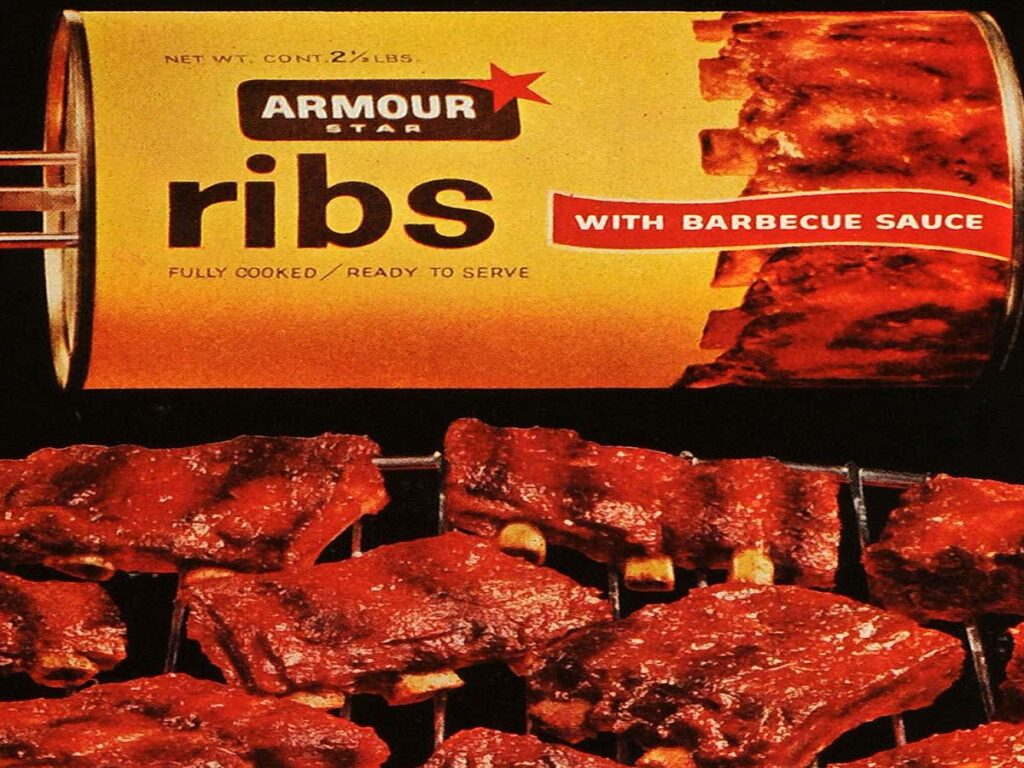
During the 1960s, canned ribs were marketed as a practical way to enjoy barbecue without the grill. The ribs came fully cooked and coated in tangy sauce, offering families a quick dinner solution. However, the product couldn’t compete with the smoky flavor and texture of freshly grilled ribs. As grilling culture grew and better freezing technology emerged, canned ribs quickly lost their appeal. Today, they’ve vanished from most stores, remembered as an ambitious but short-lived experiment in canned dining.
10. Canned Vegetarian “Meat” Loaf
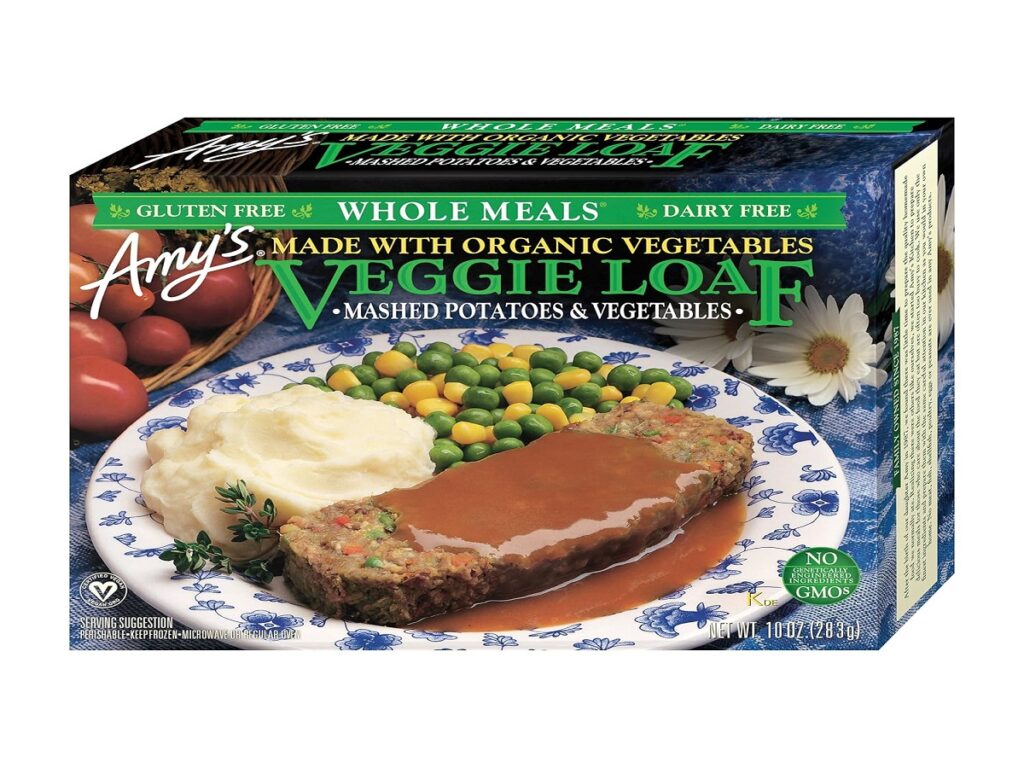
As health-conscious diets gained traction in the 1970s, canned vegetarian “meat” loaves made from nuts, beans, and soy protein appeared on shelves. They catered to a small but growing demographic seeking meat-free convenience foods. Despite their good intentions, the flavor and texture were often unappealing, and the idea of a plant-based meal in a can failed to catch on. With today’s abundance of fresh and frozen vegetarian alternatives, these early canned options have become a forgotten footnote in food history.
Comments